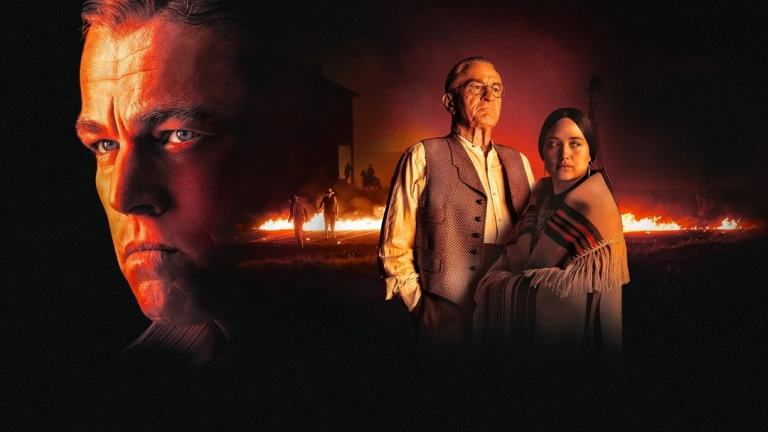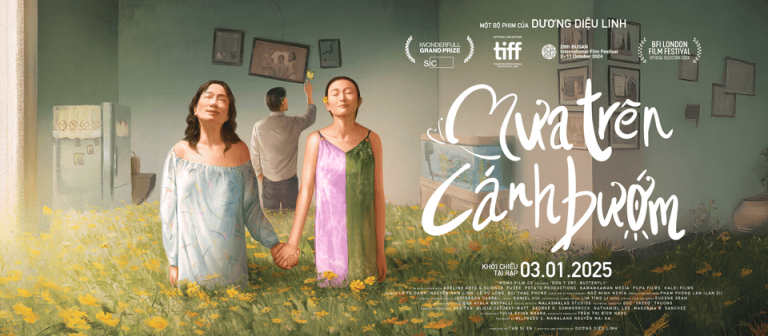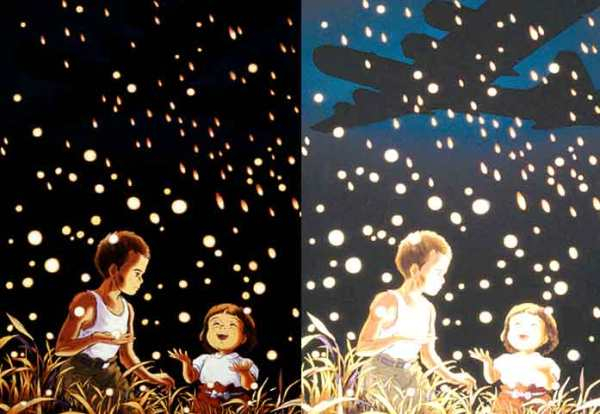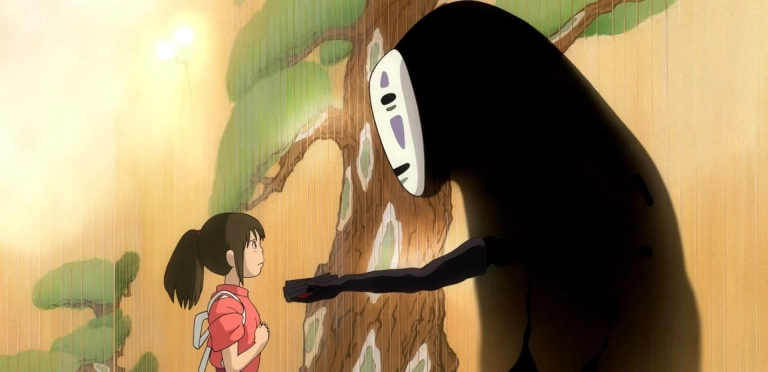With a runtime of three and a half hours, Killers of the Flower Moon marks the return of 80-year-old director Martin Scorsese, a living legend of Hollywood. Considered a strong Oscar contender and a rival to Christopher Nolan’s similarly lengthy Oppenheimer, the film has captivated audiences and critics alike.
Based on true events, the movie recounts the horrific string of murders targeting the Osage Native Americans in 1920s Oklahoma, committed by white settlers. These killings stemmed from the discovery of oil on Osage land. The Osage became immensely wealthy thanks to oil leases, but that very wealth made them targets—from outsiders and even from within their own ranks.
Warning: Spoilers Ahead
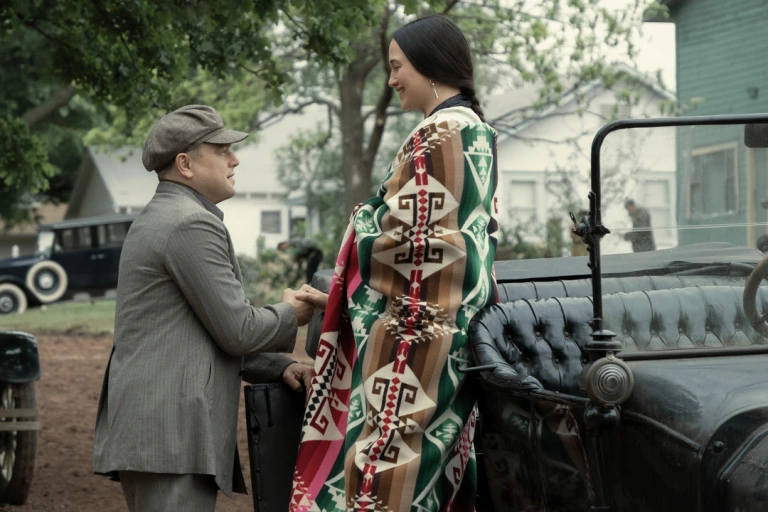
Leonardo DiCaprio previously won an Oscar for The Revenant, a film also dealing with white encroachment and violence against Native Americans. However, while The Revenant portrayed overt conflict, Killers of the Flower Moon begins with what appears to be a mutually beneficial relationship. The Osage, flush with oil wealth, lived like aristocrats. White Americans came seeking their favor, trying to sell to them—and more insidiously, to marry into their families for inheritance rights.
Ernest Burkhart, nephew of the powerful William Hale, marries Mollie, a wealthy full-blood Osage woman, as part of Hale’s calculated scheme. With chilling manipulation, Hale orchestrates a systematic extermination of Mollie’s family to funnel their inheritance to Ernest—and ultimately to himself. Hale is depicted as a cunning, deceitful predator, whose true face remains hidden to those under his influence but is laid bare to the audience.
Despite its lengthy runtime, the film is never boring. Its tightly woven narrative resembles a murder mystery, but rather than unraveling the identity of the killer, viewers are given that information upfront. What keeps the tension high is discovering the extent of the bloodshed, who will fall next, and whether anyone will survive. The deeper we go, the more horrifying the greed-fueled cruelty becomes.
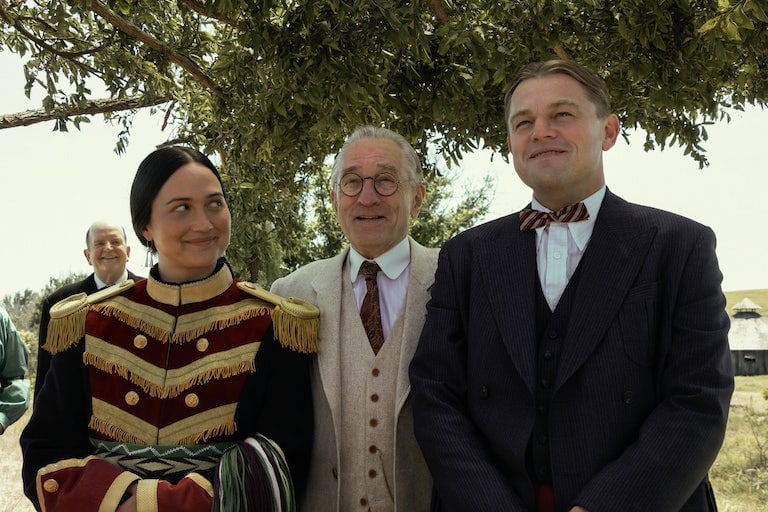
The Meaning Behind the Title
The title Killers of the Flower Moon is often misrepresented in translation—such as “Vẳng trăng máu” (Blood Moon) in Vietnamese. To grasp its meaning, one must understand Osage culture. For them, the sun is grandfather, the moon is mother, fire is father, and the “flower moon”—a radiant bloom that shines at night—is symbolic of peace and beauty. May, when flower moons bloom, is also the time when the Osage murders occurred. These flowers, nurtured to bloom, were then cut down—a metaphor for the Osage people, grown wealthy only to be harvested in cold blood.
The film’s final scene powerfully visualizes this with Osage people dancing in the shape of a luminous flower, honoring those lost. It’s a haunting symbol that elevates the film’s title to poetic resonance.
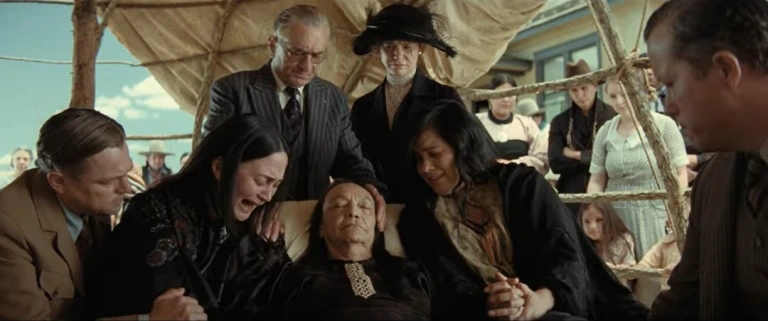
The Tragedy of “Wasting Away”
Initially portrayed as wealthy nobles, the Osage begin to wither and die. They attribute their deaths to a mysterious force called “wasting away,” something they couldn’t explain—a sinister omen or disease. In truth, it was the slow, calculated parasitism of white predators. Some victims were emotionally crushed; others were blown up or poisoned over time. The cruelty is staggering—motivated solely by the riches oil could bring.
Ernest, played by DiCaprio, may have been Hale’s puppet, but he was still complicit. His hands are stained with Osage blood, even that of Mollie, whom he loved. Unknowingly, he poisons her daily, believing he’s administering insulin for her diabetes. The substance, a key plot twist, is left unspoiled here—but when revealed, it’s one of the film’s most shocking moments.
Justice—Or Something Like It
As with many fact-based dramas, the FBI steps in, Ernest turns witness, and Hale is sentenced to life in prison. It seems justice has prevailed. Yet Scorsese presents the epilogue in an inventive way—not with text, but through a staged radio drama. We learn that Hale was released early and lived comfortably, while the Osage deaths faded into obscurity.
This meta-ending mocks the American justice system, portraying it as a comedy of errors that favored white perpetrators while offering only token gestures to Native victims. Scorsese himself appears in a cameo, delivering a somber eulogy for the Osage. His glistening eyes and solemn tone reflect a heartfelt tribute to the victims.
A White Man’s Reckoning
Through this film, Scorsese condemns the atrocities committed by white settlers—those who colonized the Americas and turned its original inhabitants into a marginalized, endangered minority on their own land. While the U.S. is often excluded from colonial narratives, its treatment of Native Americans tells a different story: a quiet yet ruthless form of colonization through land grabs and exploitation.
It’s a cautionary tale, reminding us of what happens when outsiders are allowed to dominate unchecked. Just as Indigenous Australians and Native Americans were displaced, Vietnam too might have lost its identity had it not resisted colonial rule. History shows even internal displacement—like that of the once-flourishing Champa people in Vietnam—can be equally devastating.
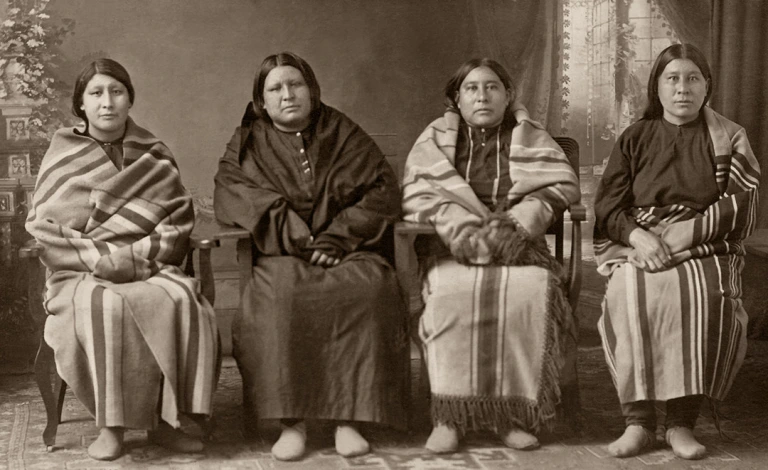
Unforgettable Performances
One of the film’s greatest strengths lies in its acting. DiCaprio delivers a masterclass, particularly in a gut-wrenching courtroom monologue. If he is to challenge Cillian Murphy for Best Actor, Robert De Niro (as William Hale) and Lily Gladstone (as Mollie) are the film’s emotional anchors. Gladstone portrays Mollie’s transformation—from poised nobility to broken despair—with subtle, devastating grace. Her performance is Oscar-worthy.
Cinematic Language at Its Finest
Scorsese pays homage to classical cinema with stark black-and-white sequences at the beginning and thoughtful cinematography throughout. The film’s use of camera movement, editing, and even its credit sequence—presented in old-school pages instead of scrolling text—reflects a reverence for film history while delivering a modern masterpiece.
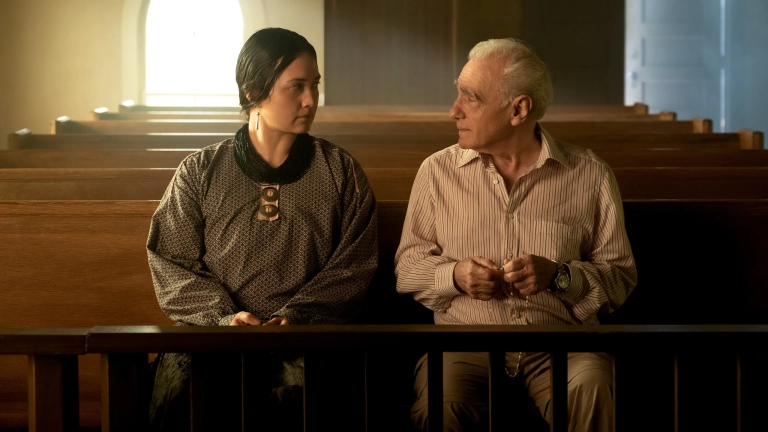
A Masterpiece of Moral Clarity
Killers of the Flower Moon is a haunting, profound, and gripping film from start to finish. Despite its long runtime, it holds your attention unrelentingly. Like the courtroom sentence pronounced on William Hale, the film itself is a cinematic indictment of white America’s crimes against the Osage—and Native peoples at large. That Scorsese, a white American, dared to voice this condemnation speaks to his integrity as both artist and human being.
Only through art—especially cinema—can such bold moral statements be made. Few mediums rival its power to shape public consciousness. Films advocating for marginalized communities have arguably done more to combat racism than many social campaigns. This is the true power of cinema: a vital, resonant force in contemporary society. It deserves its title as the eighth—and arguably greatest—art form of our time.

